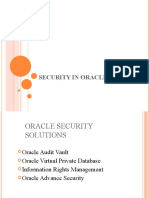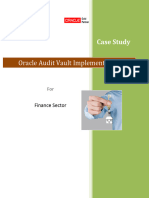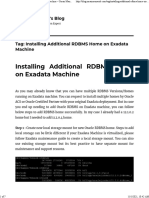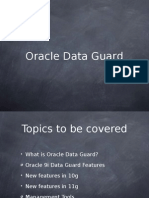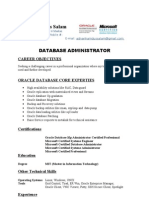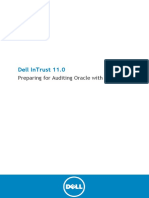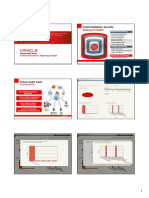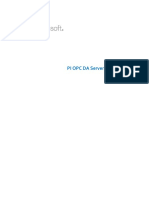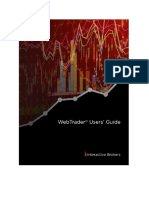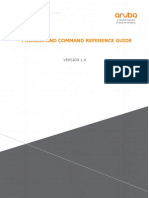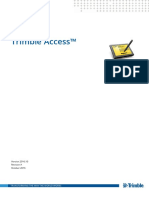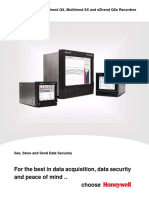0% found this document useful (0 votes)
177 views44 pagesOracle Audit Vault for IT Security
The document discusses developing value from Oracle's Audit Vault tool for auditors and IT security professionals. It provides an overview of Integrigy Corporation and their Log & Audit Framework, which defines what security events should be audited and alerted on. The framework is based on foundational security events and actions mapped to various compliance standards like PCI, SOX, HIPAA, and IT security best practices. It also describes how Oracle's Audit Vault tool can be used to centrally manage the collection and reporting of audit logs from various database sources.
Uploaded by
YawoviCopyright
© © All Rights Reserved
We take content rights seriously. If you suspect this is your content, claim it here.
Available Formats
Download as PDF, TXT or read online on Scribd
0% found this document useful (0 votes)
177 views44 pagesOracle Audit Vault for IT Security
The document discusses developing value from Oracle's Audit Vault tool for auditors and IT security professionals. It provides an overview of Integrigy Corporation and their Log & Audit Framework, which defines what security events should be audited and alerted on. The framework is based on foundational security events and actions mapped to various compliance standards like PCI, SOX, HIPAA, and IT security best practices. It also describes how Oracle's Audit Vault tool can be used to centrally manage the collection and reporting of audit logs from various database sources.
Uploaded by
YawoviCopyright
© © All Rights Reserved
We take content rights seriously. If you suspect this is your content, claim it here.
Available Formats
Download as PDF, TXT or read online on Scribd
/ 44
